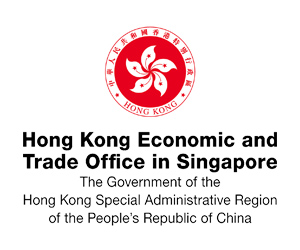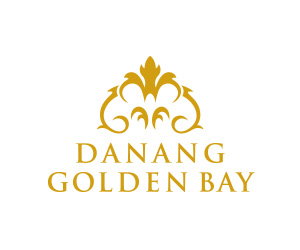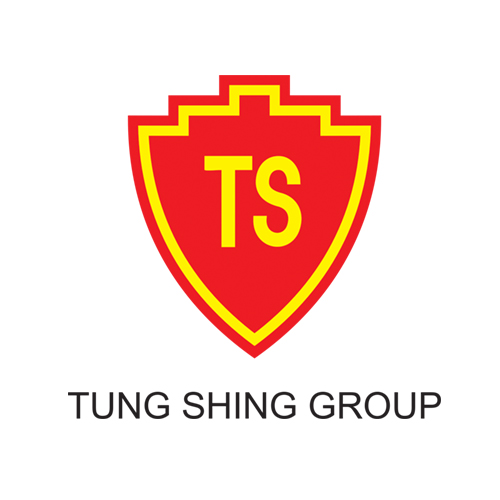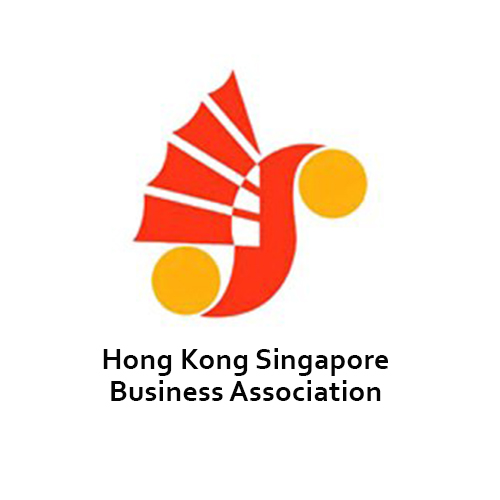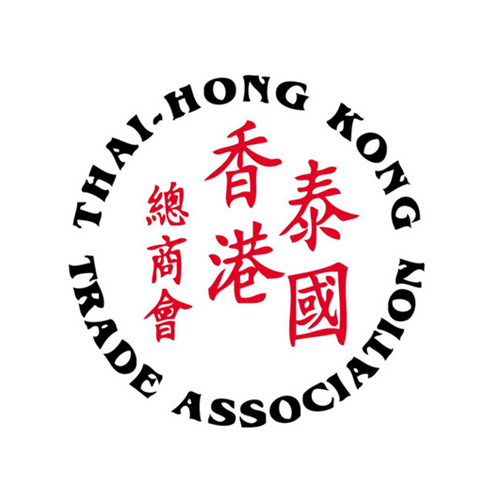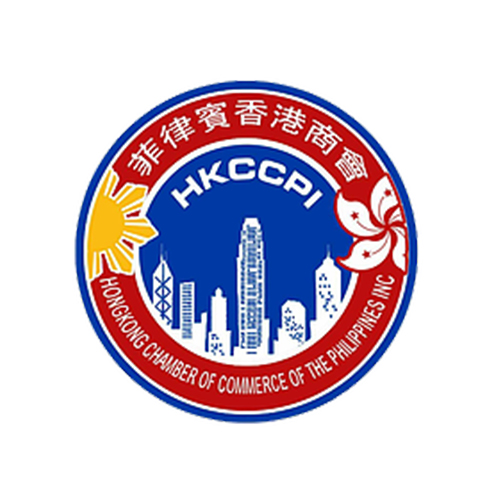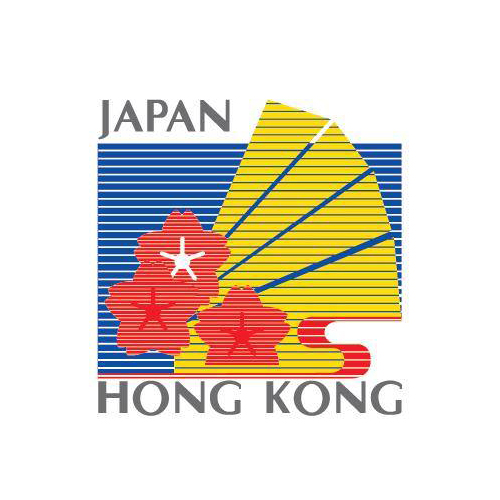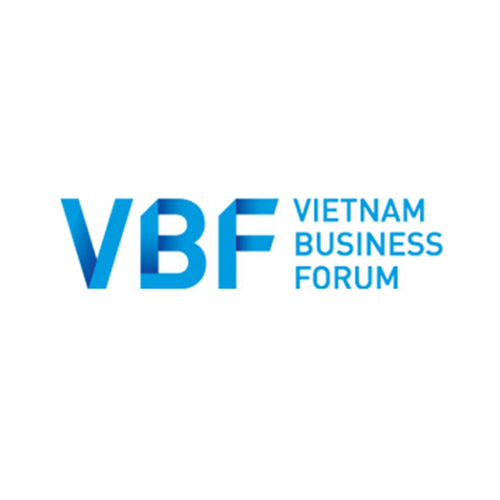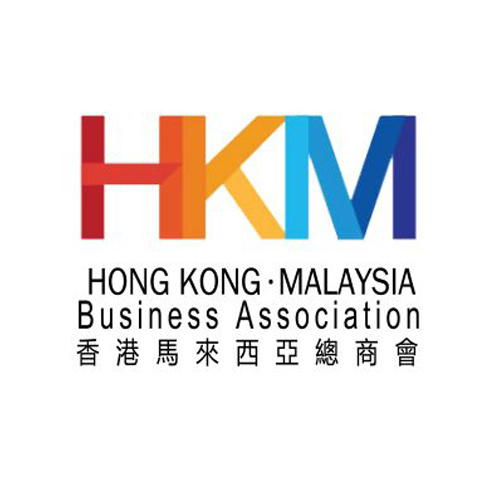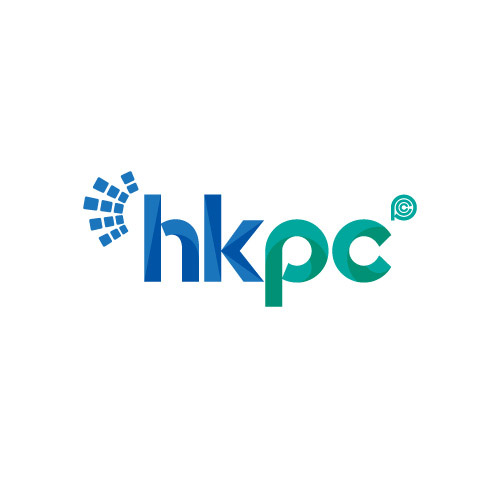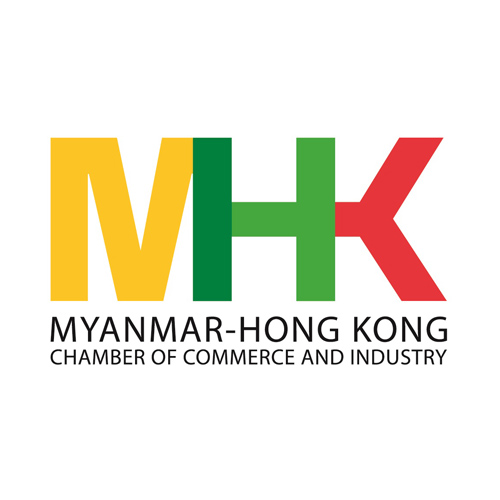Want to be in the loop?
subscribe to
our notification
Business News
BIG PLAYERS KEEN ON PORT DEVELOPMENT
Vietnam’s port sector is gaining traction as both local and foreign companies seek to invest in new ports to capitalise on increasing cargo throughput.
Swiss-headquartered Mediterranean Shipping Company (MSC) is eyeing investments in Vietnamese ports. MSC Group president Diego Aponte expressed this intention during a meeting in Switzerland with Vietnam’s Commission for the Management of State Capital at Enterprises in early October.
Aponte said MSC is working closely with Vietnam Maritime Corporation (VIMC) to develop the Can Gio international container transshipment port in Ho Chi Minh City. This large-scale project promises significant benefits for Vietnam.
In 2023, Terminal Investment Limited, part of MSC, and Saigon Port JSC, under VIMC, submitted a proposal to the Ministry of Planning and Investment to implement the transshipment port with an estimated capital of $5.5 billion. Construction is slated to begin in 2026.
In addition, MSC and VIMC have established a joint venture to operate two container terminals at Haiphong International Gateway Port in Lach Huyen.
“The group is considering expanding investments in Vietnam, including a proposal to invest in Danang’s Lien Chieu port. MSC is also exploring opportunities to invest in other southern ports and develop modern logistics centres. Alongside expanding the port network, we hope to partner with Vietnamese firms to build integrated logistics services to optimise supply chains and reduce transportation costs,” Aponte said.
Similarly, Danish conglomerate AP Moller Holding is exploring opportunities to invest in deepwater ports and logistics infrastructure across Vietnam, with a view to solidifying the country as a key hub in Southeast Asia’s supply chain network.
During a meeting with Prime Minister Pham Minh Chinh in September, Robert Maersk Uggla, chairman of AP Moller Holding and Maersk, said, “We see vast potential in Vietnam, and we are eager to contribute further to its development.”
Uggla expressed particular interest in deepwater container ports and logistics projects.
In March, APM Terminals, part of AP Moller, signed an MoU with Hateco Haiphong International Container Terminal, a subsidiary of Hateco Group, for further terminal development in Haiphong. The two sides are investing in two berths with a combined capacity of 1.8 million TEU per year, expected to be completed in 2025.
Following this partnership, the joint venture submitted an expression of interest for Lien Chieu Port construction and investment in Danang, at a cost of up to $1.9 billion.
A recent report from FiinRatings highlighted the potential of Vietnam’s port sector. The compound annual growth rate of seaport throughput reached 10.3 per cent from 1998 to 2023, driven by import-export demand from foreign direct investment companies, along with the diversification of manufacturing chains away from China.
Annual growth in seaport throughput has been consistently positive over the past 25 years, with only two periods of slowdown due to the global recession in 2010-2012 and then the 2020 pandemic.
However, barriers to entry in the seaport industry remain high due to geographic constraints, reliance on national planning, the need for significant upfront capital investment, and the requirement to establish strategic relationships with shipping lines for a successful port project launch.
Nguyen Nhat Hoang, head of the Corporate Credit Rating Division at FiinRatings, noted that Vietnam’s seaport industry was highly concentrated, with the three largest enterprises accounting for nearly 75 per cent of the market share.
Container throughput market share is dominated by four major companies: Saigon New Port (47 per cent), VIMC (20 per cent), Gemadept (15 per cent), and Viconship (7 per cent).
“We have seen a gradual decline since 2017 in the financial leverage of seaport companies, as major port ventures were completed and operating cash flows improved due to steady growth in import-export activities. Owning ports in multiple regions allows companies to expand their services within the value chain and optimise costs, depending on the nature of the cargo or target markets to align with customer needs,” Hoang said.
Source: VIR
Related News
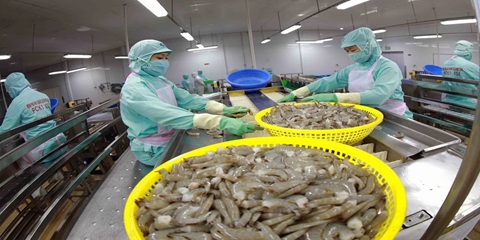
VIETNAM’S SEAFOOD EXPORTS HIT OVER US$10 BILLION IN JAN-NOV
Seafood export revenue in November alone amounted to nearly US$990 million, up 6.6% year-on-year. Key product groups posted solid gains. Shrimp exports rose 11.7% to over US$385 million, supported by strong demand for whiteleg shrimp and lobster. Tra fish shipments increased 9.7% to almost US$197 million, while marine fish, squid, and mollusk exports maintained their recovery.
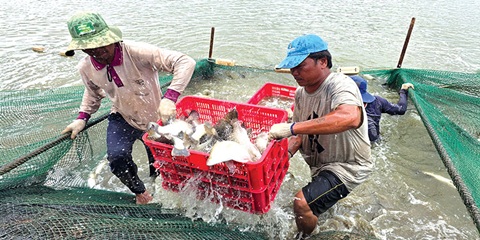
VIETNAM’S AGRO-FORESTRY-FISHERY EXPORTS HIT NEW RECORD IN JAN-NOV
Vietnam’s agro-forestry-fishery export revenue reached an estimated US$64.01 billion in the first 11 months of 2025, up 12.6% year-on-year and surpassing the full-year record of US$62.4 billion set in 2024. Agricultural exports reached US$34.24 billion, up 15% year-on-year, while livestock products brought in US$567.4 million, a 16.8% increase. Seafood exports rose 13.2% to US$10.38 billion, and forestry products earned US$16.61 billion, up 5.9%.

HANOI REPORTS RECORD-HIGH BUDGET REVENUE IN 2025
Hanoi’s budget revenue is estimated to reach VND641.7 trillion in 2025, the highest level ever recorded and nearly 25% above the revised target, according to a report by the municipal government. Data from the city’s socioeconomic performance review shows that total state budget collections in 2025 are projected to reach 124.9% of the adjusted plan and rise 24.9% from 2024, the Vietnam News Agency reported.

VIETNAM, CHINA TO PILOT TWO-WAY CARGO TRANSPORT AT LANG SON BORDER
Vietnam and China will launch a one-year pilot program on December 10 to allow two-way cargo transport through the Huu Nghi–Youyi Guan international border gates in Lang Son Province, reported the Vietnam News Agency. The Dong Dang-Lang Son Economic Zone Management Board said the trial aims to reduce transport costs and improve customs clearance capacity.
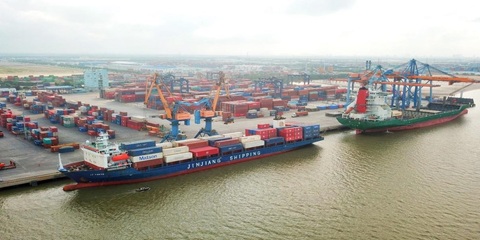
VIETNAM’S IMPORT-EXPORT VALUE NEARS US$840 BILLION IN JAN-NOV
The total value of Vietnam’s imports and exports was nearly US$840 billion between January and November this year, the highest level ever recorded, according to the National Statistics Office. In its latest report on the country’s socio-economic performance, the National Statistics Office highlighted a series of positive economic indicators, with trade emerging as one of the strongest drivers of growth.

OVER 19 MILLION INTERNATIONAL VISITORS COME TO VIETNAM IN JAN-NOV
Vietnam received more than 19.1 million international visitors in the first 11 months of 2025, a 20.9% increase year-on-year and the highest level ever recorded, according to the National Statistics Office. The figure surpasses the full-year record of 18 million arrivals set in 2019, before the Covid-19 pandemic. Nearly two million foreign visitors arrived in November alone, up 14.2% from October and 15.6% from the same period last year.
